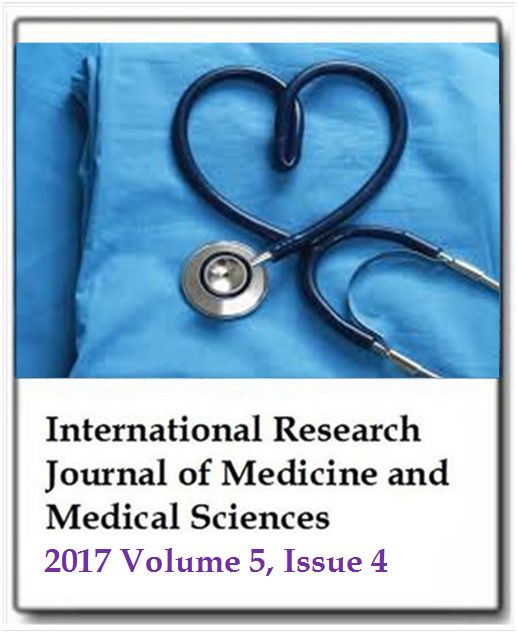Ethnicity of sickle cell anaemia: Study at Tertiary Care Hospital of Yavatmal
Kalpana B. Rathod and Jayshree TijareInternational Research Journal of Medicine and Medical Sciences
Published: November 22 2017
Volume 5, Issue 4
Pages 64-68
Abstract
Sickle cell anaemia is a hereditary haemolytic anaemia, posing important health problem in the community. In India, this disease has been shown to be prevalent among the three socio-economically disadvantaged ethnic groups, the scheduled tribes, scheduled castes and other backward communities. India has largest tribal population and vidarbha region of Maharashtra state, which includes Yavatmal, contributes significant number of sickle cell cases. The prevalence of sickle cell carriers varies from 0 to 35 percent in different tribes. This study was carried out to find out extent of sickle cell disorders in tribal community in and around Yavatmal. The community wise distribution of sickle cell disorder cases showed maximum cases belonged to Mahar community (Scheduled caste). The tribal communities included were Pardhan, Gond, Banjara, Kolam Gowari and Andh. Amongst the tribes Pardhan showed maximum cases 10%, followed by Gond 7.9%, and Banjara 6.4%. There were also double heterozygous sickle - β thalassemia in this community.
Keywords: Sickle cell anaemia, tribes, ethnicity, Yavatmal.
Full Text PDF
